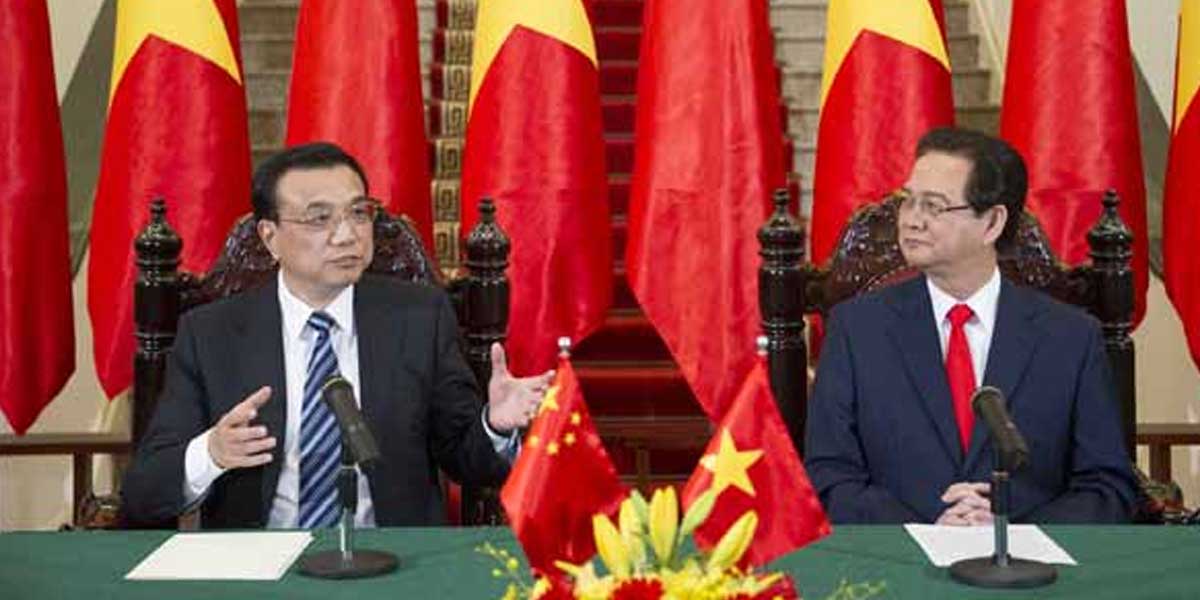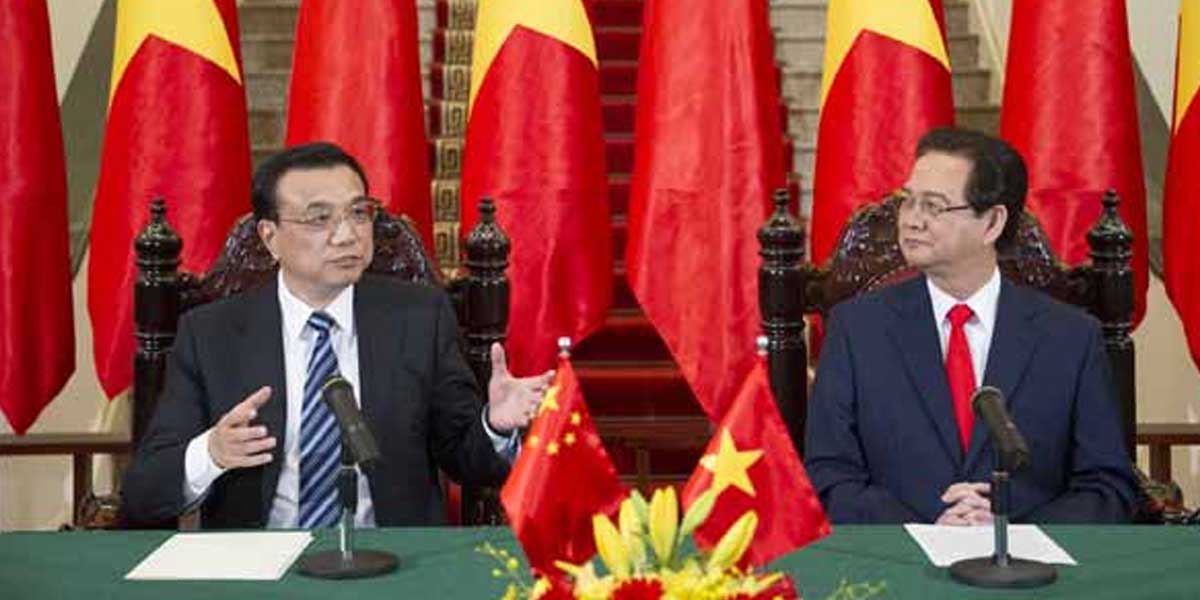Search

BPE inks 3 major int’l collaborationsÂ
BPE inks three major joint ventures, to become a major player in the S.E Asia

BPE collaborates with China and Vietnam for int’l projects
BPE collaborates with China and Vietnam for international projects

Siemens delivers next-gen verification system
Siemens Digital Industries Software has recently unveiled its next-generation Veloce™ hardware-assisted verification system for the rapid verification of highly sophisticated, next-generation integrated circuit (IC) designs.

Siemens delivers next-gen verification system
New offering seamlessly combines next-generation virtual platform, hardware emulation, and FPGA prototyping technologies to help accelerate verification cycles

Eaton introduces internationally-acclaimed EnergyAware UPS in India
Eaton, a global power management company, launched an industry-first data center solution – EnergyAware UPS using UPS-as-a-reserve (UPSaaR) in India.

Rolls-Royce expands MTU power generation footprint in Mankato
Rolls-Royce has announced a $13.9m investment in its Power Systems business unit for the addition of a new research and development building and multi-phase expansion of its MTU power generation manufacturing facility in Mankato, Minnesota, USA.

Always an eye on your assets
B&R enables machine builders to establish a continuous connection to plants and machinery in the field. With LogTunnel, data from machines all around the world can be archived in a central location. Any irregularities in performance can be detected early to help maintain maximum availability.

Technology to drive INFRA growth
Infrastructure 2.0 is a movement to address issues with today's core network infrastructure in a customer's construction site to address the dynamic, automated nature of operation models like cloud computing, data center visualisation, IoT and usage of drones to keep site operations safe, secure, highly productive and efficiently managed.

Smart DG set for clean power
Data centers and network rooms draw a total electrical power, which is the sum of the power consumed by the installed Information Technology equipment. Historically, this equipment consumed power at a value that varied only slightly depending on the computational load or the mode of operation.

 +91-22-24193000
+91-22-24193000 Subscriber@ASAPPinfoGlobal.com
Subscriber@ASAPPinfoGlobal.com